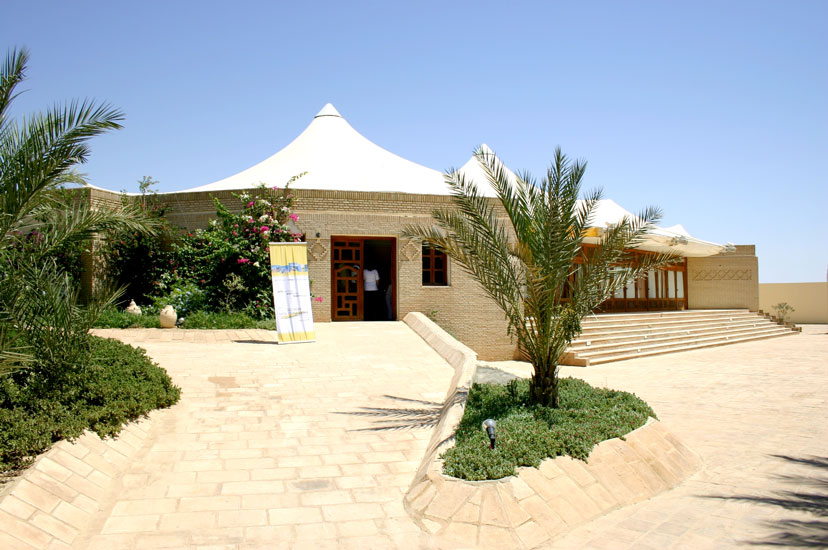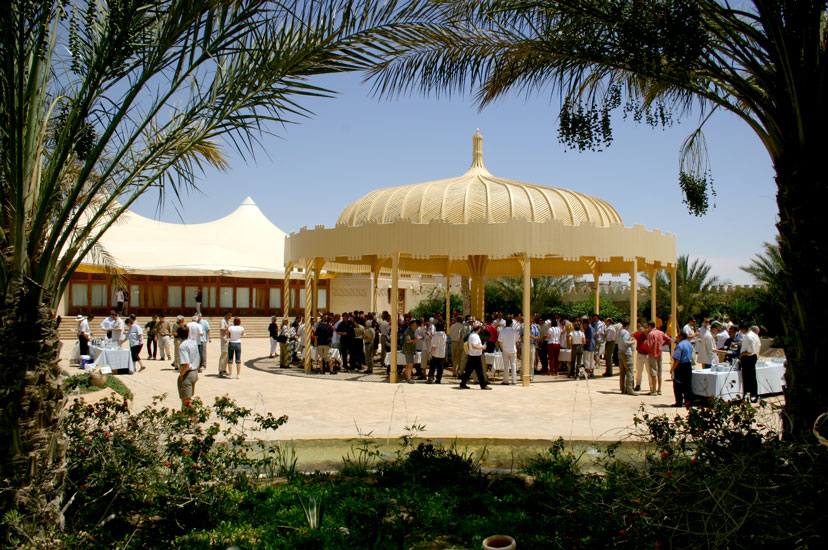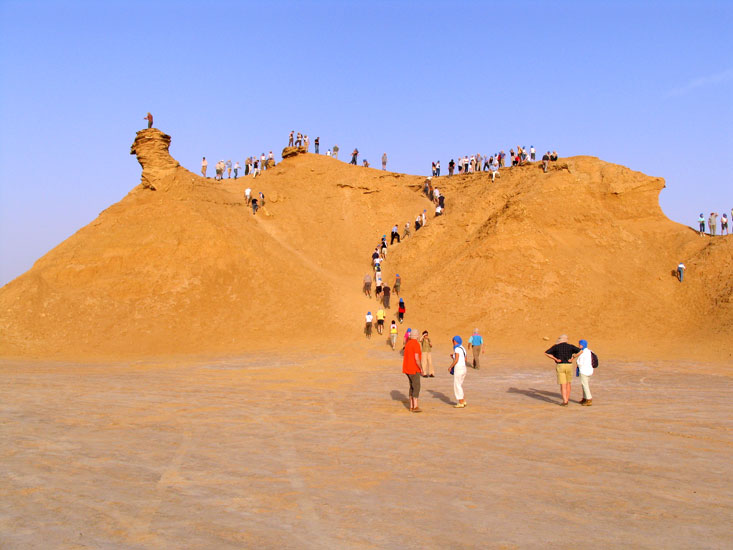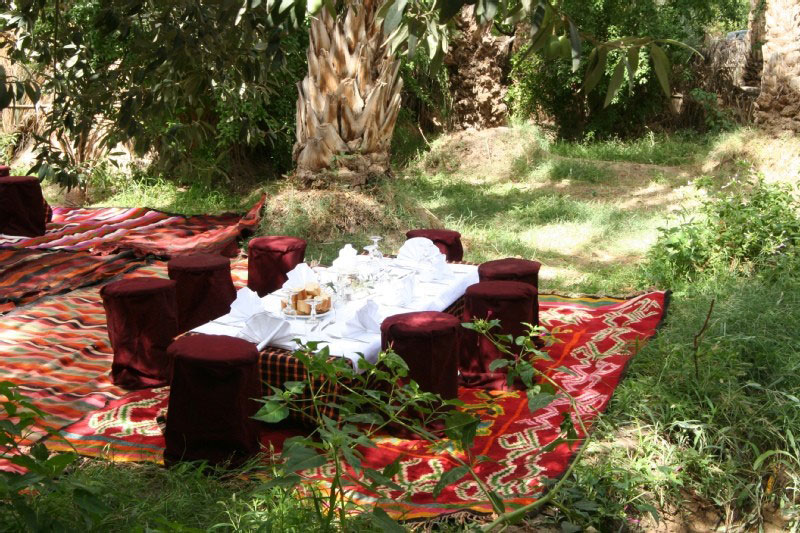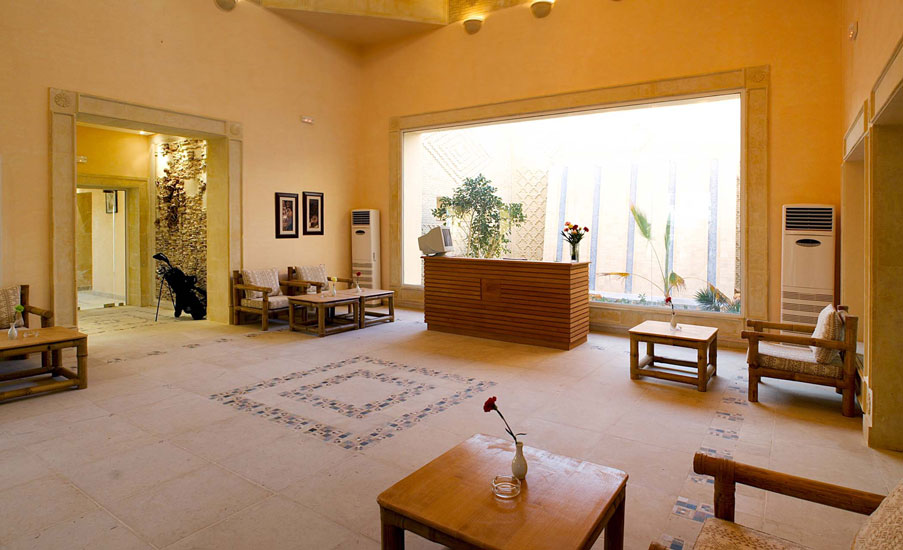Circuits
Artours & Events vous propose une gamme attractive et variée de produits. Outre la billetterie, les circuits et les transferts au départ de différents aéroports tunisiens, elle organise toute opération à caractère spécial: Meeting, Incentives, Congrès et Evénement:
Nous offrons ce qui suit :
- Consultation et Planification
- Budgétisation et control financier
- Arrangement technique
- Traitement spécial VIP
- Logement
- Voyage et transfert
- Evénement spécial : prestations gastronomiques à thèmes, Soirées spéciales…
- Circuits et excursions
- Activités de « Team Building »
- Programmes pour les conjoints
- «Off Road» self driving
- Assistance permanente
Si vous êtes amateurs de vieilles pierres, de culture et d’histoire, alors vous serez comblés par la Tunisie historique. La Tunisie est une terre de culture et de patrimoine qui porte en elle la marque d’un passé riche, puissant et mouvementé .Laissez-vous envouter par son architecture millénaire et les vestiges de ces civilisations brillantes: Carthage qui était à la tête d’un immense empire, les Phéniciens, Romains, Byzantins, Arabes…
« Incentiver » vos ventes ou « intensifier » votre part de marché par un voyage de stimulation, récompenser vos employés ou « booster » votre communication interne et externe, Artours & Events vous aide à la planification de voyages, l’organisation d’un événement important, ou encore vous suggère des solutions stratégiques pour les meetings dans notre destination.
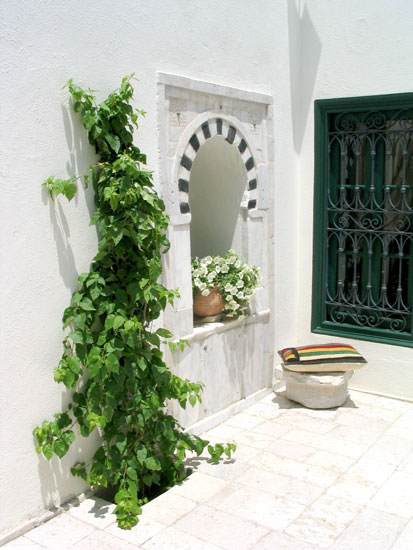
Tunisie Découverte 08 jours / 7 nuits
Arrivée à l’aéroport, accueil et transfert à l’hôtel. Dîner et logement.
Petit déjeuner
MUSEE DU BARDO / MEDINA DE TUNIS :
Départ pour une matinée de découverte : au programme le Musée du Bardo et sa superbe collection de Mosaïques romaines, l’une des plus importantes du monde. Installé dans un palais Beylical, il rassemble des objets allant de la préhistoire au XXème siècle, ainsi que la plus riche collection de mosaïques du monde. Sa visite vous permettra d’apprécier la richesse du patrimoine Tunisien, pour ses sites et monuments d’époque punique, romaine, Chrétien, et Arabo-musulmane.Continuation vers la Médina. Une visite guidée vous est proposée dans les dédales des ruelles de la vieille ville Tunisoise. Vous découvrirez les diverses richesses culturelles de la Médina ainsi que l’artisanat Tunisien. La visite de la médina, ville ancienne, revêt un e signification particulière. Elle est l’occasion d’un voyage dans le temps qui introduit, pas à pas, et à travers un dédale d’ombres et de lumières, au cœur historique de la ville de Tunis. Ce lieu vénérable qu’il faut savoir découvrir se laisse conquérir par son charme.Située au cœur de la cité, la Grande Mosquée dite Ez-Zitouna (Mosquée de l’olivier) est le plus vaste et le plus vénérable sanctuaire de Tunis. Sa fondation se confond avec la naissance même de la ville en 698. Shopping / Temps libre
Déjeuner puis visite de Carthage et Sidi Bou Saîd.
Départ pour Carthage l’orgueilleuse qui vous dévoilera toute sa splendeur d’antan : vous visiterez les Ports Puniques, les Thermes d’Antonin, le Tophet ainsi que le Théatre.
Continuation vers Sidi Bou Saïd Ce village mauresque immaculé de blanc et de bleu vous subjuguera par son charme et sa quiétude. Premier site protégé au monde, perché sur la falaise qui domine Carthage et le golf de Tunis, le village médiéval de Sidi Bou Saïd est un petit paradis aux couleurs de la Méditerranée.
La découverte du Palais du Baron d’Erlanger reconverti en musée vous permettra de plonger dans l’univers envoûtant des instruments de musique tunisiens. Temps libre pour circuler dans Sidi Bou Saïd, aller voir la falaise ou s’asseoir au café «Sidi Chebaane».Retour à l’hôtel, dîner et logement.
Le matin, visite des ruines de Téboursouk et continuation vers Dougga. Thugga, est l’une des cités romaines les mieux conservées du Maghreb. L’on y visite le théâtre, avec 25 rangées de gradins, la colonnade de la scène, les thermes, le Capitole avec son portique et son fronton, le temple de Caelestis, le Mausolée Lybico-Punique, monument rarissime datant du 2ème siècle avant JC., le temple de saturne. Derrière une enceinte byzantine, une nécropole où l’on trouve des tombeaux berbère ressemblant aux Dolmens d’Europe. Amphi-Théâtre Romain Ruines Romaines
L’après midi, départ vers Bulla Régia. La ville antique s’étageait sur les pentes escarpées du Djebel Rabia (617 mètres d’altitude). Il en reste un bel ensemble de ruines. Nous pouvons visiter les grands thermes, le théâtre, le temple d’Apollon, celui d’Isis, la basilique Chrétienne et son baptistère, et surtout les curieuses villas souterraines, exemple unique d’architecture : Palais de la chasse, Palais de la pêche, Maison du Paon, Maison du trésor… Puis continuation pour la visite de Tabarka, enclavée entre la Mer Méditerranée et les montagnes couvertes de chênes lièges. Diner et logement à Tabarka.
Petit déjeuner puis départ pour Makthar. Visite du musée renfermant une belle collection d’inscriptions et de stèles. Visite de l’ancienne Maktaris . Visite du site (arc de triomphe, tophet, vestiges de la muraille numide, les tombes mégalithiques ainsi que les thermes)
Aghlabites, réservoir d’eau datant du IXème siècle.
Départ pour Sbeitla : C’est l’antique Suffetula, dont il demeure de très importants vestiges, s’étalant sur des kilomètres. A 400 mètres d’un arc de triomphe se dressent trois temples d’aspect majestueux consacrés aux trois divinités du Capitole : Jupiter, Junon, Minerve. Un peu plus au sud, des thermes importants et les restes d’un théâtre. De grandes basiliques chrétiennes décorées de mosaïques, un aqueduc antique de trois arches complètent cet ensemble. Continuation vers Kairouan et dîner et logement.
Petit déjeuner puis départ pour Kairouan. Visite de la Grande Mosquée, du Mausolée du Barbier, du bassin des Aghlabites, de Bir Barouta et de la Médina. Déjeuner puis départ pour El Jem. Visite de l’amphithéâtre romain. Continuation vers Monastir. Dîner et logement à l’hôtel à Monastir/Sousse.
Petit déjeuner. Visite du musée, continuation sur Monastir, Visite du Ribat et du Mausolée Bourguiba. Déjeuner puis départ pour Thuburbo Majus, visite du site, puis continuation sur Zaghouan, visite du Temple des Eaux. Départ pour Hammamet, installation, dîner et logement à l’hôtel.
Journée libre en pension complète.
Option : 1 journée cap bon (visite de Nabeul centre de poterie, visite du porty de pêche de Kelibia, du site archéologique de Kerkaouen : Cité punique du Cap-Bon, à 12 km. au nord de Kélibia, elle constitue un véritable joyau archéologique ; ses vestiges sont des plus variés et des plus originaux. Ainsi, sur le plan architectural, outre les restes d’un vaste sanctuaire, l’on y voit encore la manifestation éloquente d’un urbanisme géométrique bien maîtrisé, avec des rues rectilignes organisées en un réseau en damier et délimitant des insulae réservées aux habitations. Celles-ci, de type méditerranéen, sont souvent dotées de salle de bain composée d’un vestiaire et d’une baignoire sabot avec siège ! visite des grottes d’El Haouaria).
Petit déjeuner.
Transfert à l’aéroport/Assistance à l’embarquement.
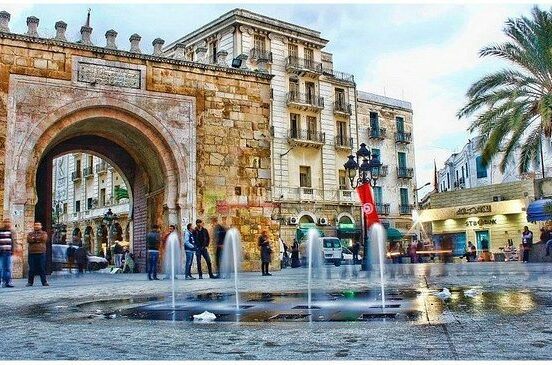

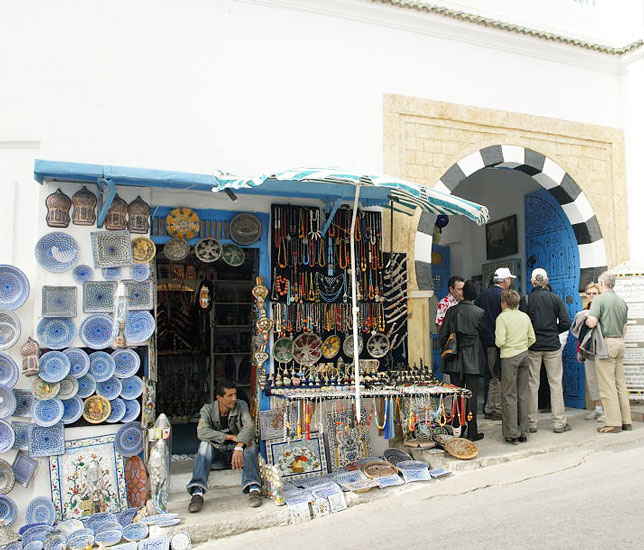
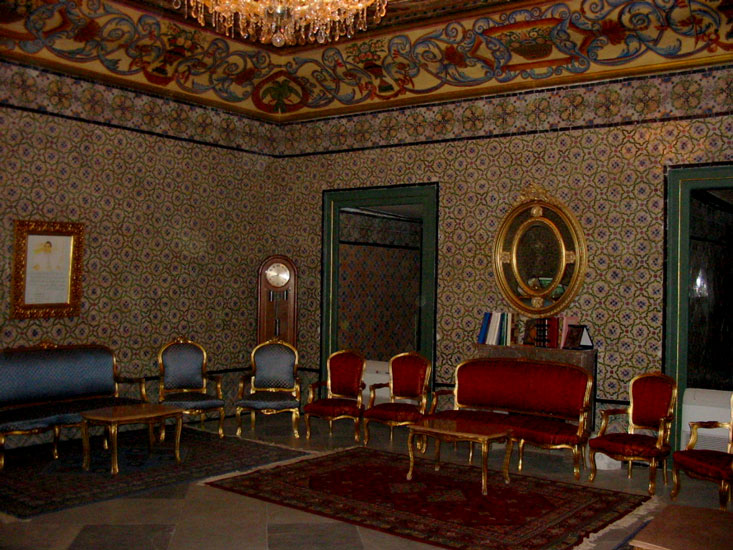

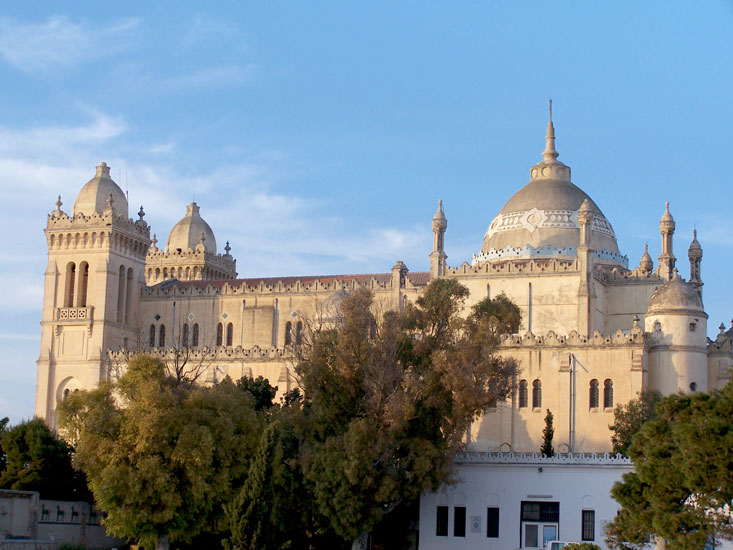

Départ de Djerba
Circuit: Traversée Tunisienne
Arrivée à l’aéroport de Djerba-Zarzis, accueil et transfert à l’hôtel. Installation, dîner et logement.
Après le petit-déjeuner, départ en direction de Matmata, visite d’une habitation troglodytique, puis continuation vers El Hamma et Douz la porte du désert. Arrivée pour déjeuner.
Après-midi libre ou promenade facultative à dos de dromadaire dans les dunes de sable.
Dîner et logement à Douz
Départ pour Kebili et visite du légendaire Chott El Jerid, immense lac asséché couvert d’une couche de cristaux de sel.
Arrivée à Tozeur, la cité oasis qui séduit d’emblée par son authenticité, son architecture et la gentillesse de ses habitants.
Visite du musée Dar Cherait, puis déjeuner. Après-midi libre ou excursions facultatives (les oasis de montagne en 4×4 ou la palmeraie de Tozeur en calèche).
Dîner et logement à Tozeur ou à Nefta
Départ pour Gafsa puis Kairouan, 4ème ville sainte de l’Islam. Visite de la grande mosquée. Déjeuner, puis visite des bassins des Aghlabides, du Mausolée du Barbier avant une promenade dans les souks et la visite d’une fabrique de tapis. Continuation sur Hammamet. Dîner et logement.
Départ vers Tunis. Visite de vieille ville, l’ancien palais beylical et du fameux musée du Bardo qui est mondialement connu pour ses riches collections de mosaïques. Déjeuner, puis visite des ruines romaines de Carthage suivie d’une balade dans le village typique de Sidi Bou Said. Retour à Hammamet. Dîner et logement
Le matin, visite de Nabeul, célèbre pour son artisanat (vannerie et poterie). Continuation sur Monastir et déjeuner avant de prendre la route pour El Jem et son amphithéâtre romain. Départ, ensuite, vers Sfax, cité agricole, commerciale et industrielle, 2ème ville du pays après Tunis. Dîner et logement à Sfax.
Départ pour Gabès et promenade en calèche facultative dans l’oasis maritime. Visite du marché des épices de Jara, puis départ vers Djerba. Déjeuner et tour de l’île : visite du musée de Guellala, village de potiers, puis de la Ghriba, synagogue la plus ancienne d’Afrique, et enfin Houmt Souk, ville la plus importante de l’île avec temps libre pour le shopping. Dîner et logement à Djerba.
Jour 8 : Départ
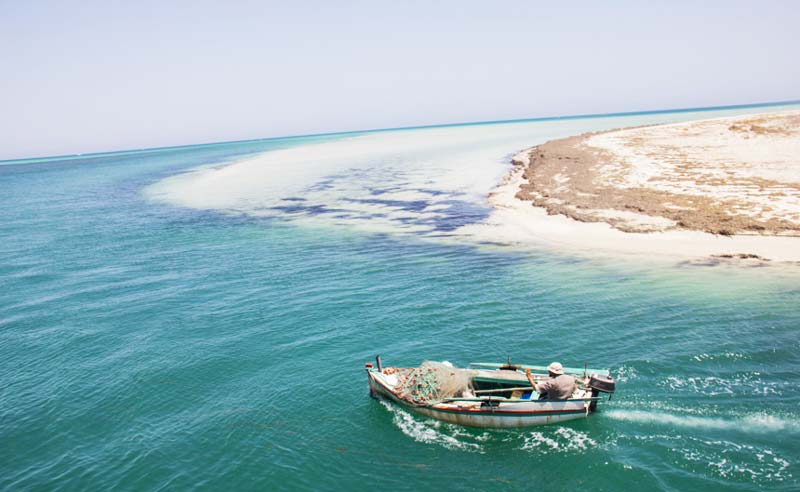

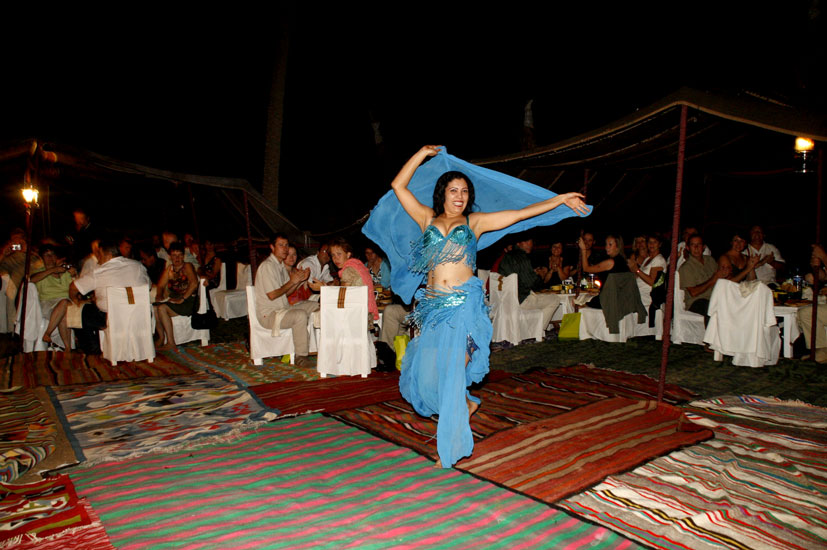
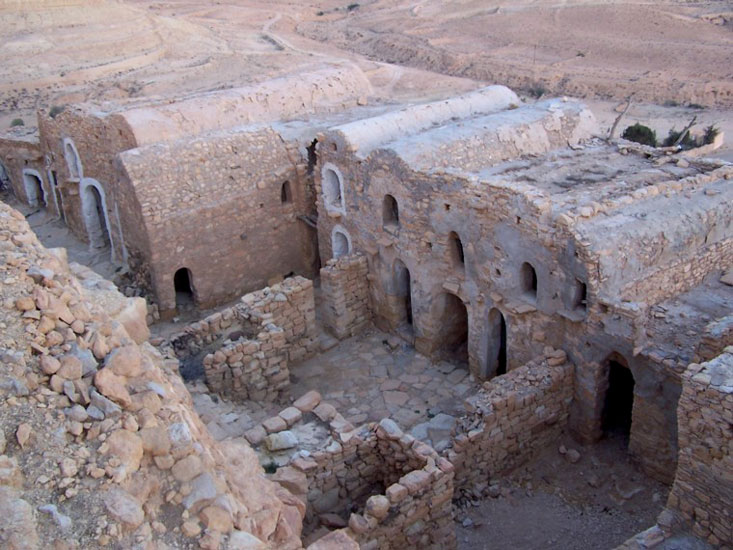
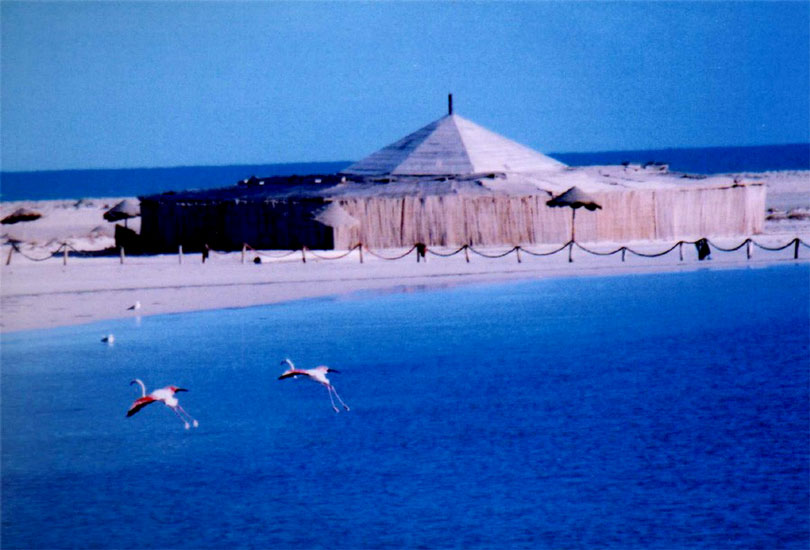
Départ de Tozeur
Circuit Rose du Sable
Arrivée à Tozeur Arrivée à l’aéroport de Tozeur. Accueil et transfert à l’hôtel Ras El Ain 4* (www.goldenyasmin.com ) ou similaire. Dîner et logement
Petit déjeuner, départ en 4X4 pour la visite de Tozeur (L’Oasis et le musée Dar Chraiet) Traversée du Chott el Jerid. Arrivée à Douz, installation à l’hôtel Sun Palm 4* (www.goldenyasmin.com ) ou similaire. Visite des oasis aux environs de Douz (Sabria ,Nouail et Zaâfrane). Promenade à dos de dromadaire sur les dunes de sable (facultative) au coucher du soleil. Dîner et logement à l’hôtel Sun Palm.
Petit déjeuner, départ vers Matmata via Tamazret : village légendaire construit à flanc de montagne. Visite d’une habitation troglodyte, déjeuner dans un restaurant typique. Visite du marché aux épices de Jara. Retour à Tozeur. Installation à l’hôtel Ras El Ain 4*
( www.goldenyasmin.com ) ou similaire
Séjour libre en pension complète à l’hôtel Ras El Ain.
3 jours libres en pension complète à l’hôtel Ras El Ain 4* (www.goldenyasmin.com ) ou similaire
En option « 02 jours Trecking au grand Erg oriental » à la demande.
Grand Erg Oriental
longe la frontière algéro-tunisienne sur environ 400 km, de Nefta (23 km de Tozeur) à Bordj el Khadra (12 km de Ghadamès en Linye). Sa largeur, de la frontière à la limite est, dépasse 140 km. La partie tunisienne garde son ampleur de “grand erg” car la masse compacte des dunes entremêlées prend naissance dès sa bordure : aucune région de transition n’existe entre l’erg lui-même et l’arrière pays nord-oriental (Chott el Djerid) et oriental (Monts de Matmata). L’Erg perd de son altitude d’est en ouest, de 300 à 100 m, dans sa partie arctique.
Au sud, la différence d’altitude est infime, l’Erg atteignant plus de 300 m, à l’est comme à l’ouest. La hauteur de ses dunes peut avoir de 50 à plus de 100 m, et son sable est d’une extrême finesse. Une population d’éleveurs de chèvres, de moutons et de chameaux, vagabonde toujours dans l’Erg. Ce sont les Rebaiya, qui nomadisent de part et d’autre de la frontière algérienne.
Petit déjeuner, transfert départ selon horaire vol, assistance à l’embarquement
